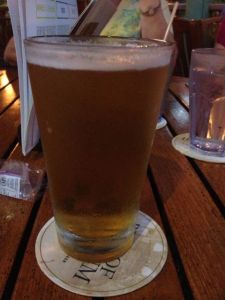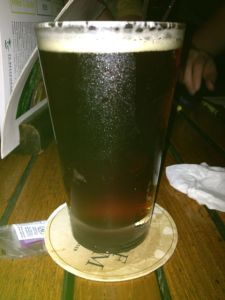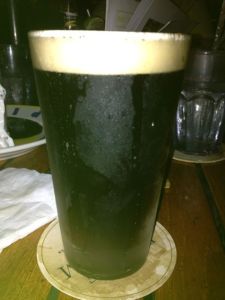It is starting to feel like spring in Iowa, which means it has rained for several of the past few days and the temps are holding to a balmy mid-40s range. Joy.
Despite the less than stellar weather it is time to start thinking about warmer weather projects and the list is long this year. I cannot wait to get my hands dirty again.
On to the links…
What If They Killed The Clean Power Plan & Nobody Cared?—This is the best case scenario for the next few years. We can only hope that the cost curve keeps bending in renewable energy’s favor and that coal continues to die a long, slow death.
Top US Coal Boss Robert Murray: Trump ‘Can’t Bring Mining Jobs Back’—Donald Trump lied, no big surprise, because coal jobs are not coming back. No one is going to reopen old mines in Appalachia and the mines in the western U.S. are all about big machines.
Clean Energy Employs More People than Fossil Fuels in Nearly Every U.S. State—Seems like the jobs argument is pretty simple. Granted, Exxon Mobil does not give donations to its political cronies to promote solar jobs.
Do Environmental Regulations Reduce Employment? Not Really.—Facts do not matter to the current administration and its Russian stooges, so I imagine that a fact based argument about environmental regulations would be shouted down as fake news or some such bullshit.
Alaska Warms to Solar Power as Prices Fall and Benefits Grow—This is Alaska. Other than Wyoming fewer states are more associated with fossil fuels than Alaska. If Alaska goes solar what’s left?
As Energy Mix Becomes Cleaner, Minnesotans Paying Less for It—So a cleaner power grid is a cheaper power grid. Okay, who wants to argue against cheaper and cleaner?
Tesla Solar in Hawaii is a Sign of Things to Come—The future is now.
Australian Rooftop Solar Installs Are Up 43% In 2017—Australia should be covered in solar panels. The country is more sun baked than any I can think of outside of the Middle East.
Rescuing Los Angeles—I am beginning to think the future will look a lot like this small patch of Los Angeles. As institutions are increasingly prevented from being effective by elected leaders beholden to deceitful special interests solutions to livability will be hyper-local and inherently DIY.
Solving Global Dietary Problems is a Bigger Challenge than Climate Change—Meat is bad for the climate. There is little logical argument against this statement. Also, western societies eat too much meat. Again, there is little logical argument against this statement.
Cycling in Minnesota Creates Thousands of Jobs and Cuts Health-Care Spending—Basically, cycling is awesome.
5 Packaging Materials You Didn’t Know are Difficult to Recycle—How many of these packaging materials have you or I blindly thrown in the recycling bin?
Illinois Considers Legalizing Marijuana for a Fiscal Boost—This is the end of prohibition on marijuana in the United States. Once the first state does it for economic reasons every other non-legalized state will follow. It’s all about the Benjamins.
U.S. Craft Brewers Up 6% in Volume, 10% in Retail Dollars—Craft beer in the U.S. continues to grow at a rapid clip. However, I am worried about the long term prospects for so many breweries.
Rapidgrass Sings The I-70 Blues—If you have ever thought your ski vacation would begin soon after seeing the mountains poke through Front Range haze on I-76 you have not experienced the I-70 blues.



















